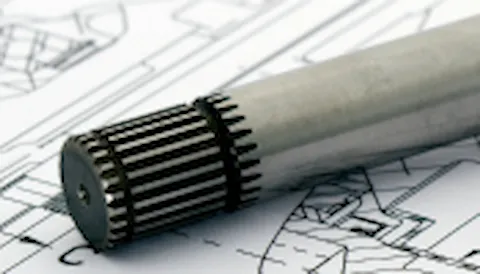Regulations are getting ever tighter, yet major incidents still occur. Often, the root causes can be traced to degraded or missing barriers. A safety barrier is anything intentionally put in place to reduce the risk of an undesirable event occurring. Barriers can be physical structures, technology, processes, and human intervention. At DNV, we believe that by understanding and implementing the right suite of strong barriers, you can proactively manage risk and minimize the chances of future incidents.
4 Key Questions we’ll help you answer:
- What are our major risks that could lead to potential incidents?
- What are the critical barriers we rely on to control those risks?
- What minimum level of performance do the critical barriers need to deliver?
- What is the status of the critical barriers during the asset life-cycle phases?
- How do we ensure the critical barriers are available and effective throughout the life of the asset and operation?
We’ll help you achieve:
- Ongoing safety management through prevention and mitigation of major hazards
- Streamlined barrier management and increased efficiency
- Increased awareness of hazard prevention throughout the organization
- Regulatory compliance and demonstration of risk management.
How we support you
Barrier management is a process that starts during the design stage and continues throughout the lifetime of the asset. We support you to ensure that barrier management is established or reviewed at every stage.
Manage barriers with bowtie analysis
Bowtie analysis ensures that the management of different types of barriers is consistent and transparent, and the risk management solution is both efficient and effective. Bowties help improve barrier awareness and understanding, providing a simple format for communication to staff, contractors, regulators and other stakeholders. They avoid unnecessary redundancies by helping to evaluate barrier effectiveness and provide a helpful way of prioritizing and maintaining barrier integrity.
Using world class tools like Synergi™ Life Barrier Management Module, we are applying bowties to provide our customers with a clearer picture of the interactions of their operations, standards, processes and procedures. In turn, they are able to identify and manage their major accident hazards and barriers. We can conduct the bowtie analysis either as a desktop study or in a workshop setting.
Enable learning from incidents
If an incident occurs, learning from the event and making targeted improvements is critical, so DNV developed the powerful bowtie-based BSCAT™ incident investigation tool.
We use our deep expertise to help you conduct investigations that provide high-value organizational learnings, visualizing the chain of events that caused the incident, evaluating the root cause and delivering recommendations to mitigate it.
Sharing knowledge through training
DNV uses our knowledge and expertise to provide both open and customized bow tie creation and BSCAT training courses for different industries as well as regulators. In our customized courses we will work together with our clients to identify specific case studies and examples that are related to your operations and experiences.
Providing tailored solutions based on deep seated experience
Risk management is at the core of our company. We support the oil and gas industry with one of the most comprehensive safety and risk management services in the world and our local teams of specialists support customers in every hydrocarbon-producing country and at each stage of the asset lifecycle.
DNV has been providing bowtie analysis as part of our risk management service portfolio since the early 2000s and is the co-author of “Bow Ties in Risk Management: A Concept Book for Process Safety”, an authoritative reference work for creating bowties.
We have the expertise to provide high quality analyses dedicated to your needs and based on industry best practice, enabling you to document your hazard management, determine critical elements and establish performance standards with confidence.


